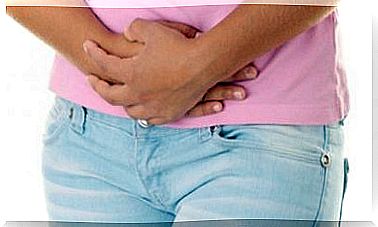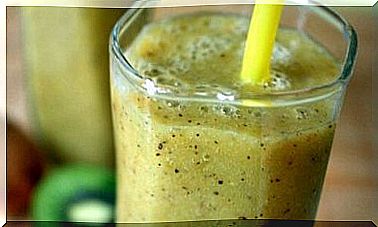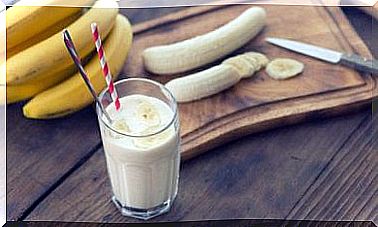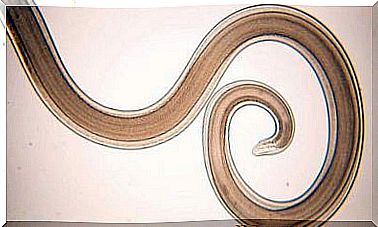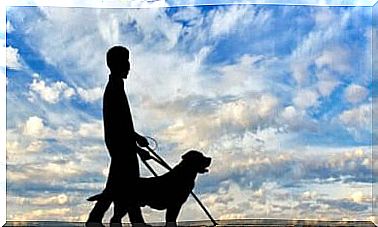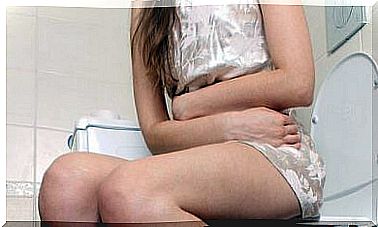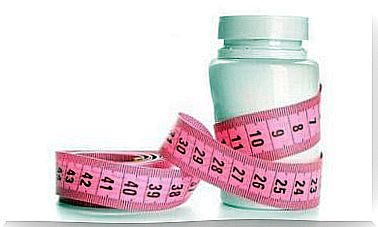Venous Thrombosis In The Legs: Here Are The Symptoms

There are many women who have the problem of varicose veins in the legs, a pathology which, in addition to being unsightly, is also very dangerous. The state of varicose veins must never be ignored because regardless of their size, they can herald the arrival of a venous thrombosis.
As you well know, varicose veins form as a result of poor blood circulation, but it can also happen that, at times, the blood condenses to create dangerous clots that completely hinder proper circulation.
How to prevent this pathology? What are the most common symptoms of venous thrombosis?
To answer these questions, today we offer you an article on this very topic, so that you can rest assured and enjoy good health.
What is a venous thrombosis?
The name of this pathology immediately clarifies any doubts: venous thrombosis or DVT. This problem originates from a blood clot that is created inside a vein in our body.
This is usually a deep vein and almost always located in the area where circulation is worst, namely in the thighs and calves.
The greatest risk is that this thrombus can travel from this area of the legs and flow into the bloodstream of our body up to, for example, a pulmonary artery. It’s a big risk best not to take.
This problem mainly affects people between the ages of 50 and 60, although young women should not underestimate it, as it always depends on the state of their varicose veins.
According to doctors, clots or thrombi are more easily dispersed within the bloodstream when they are located in the upper part of our legs, i.e. in the thighs.
This is why it is very important to carry out periodic checks and, if your specialist thinks it is good to intervene, do it for your own health.
Symptoms of a venous thrombosis in the legs

What are the symptoms that warn us that we are suffering from a phlebothrombosis, or venous thrombosis? First of all, it is good to know that you can suffer from two types of thrombosis, one more superficial and another more serious, which obviously involves a greater risk.
Consider the symptoms associated with each problem:
1. Superficial venous thrombosis.
According to doctors, in this case it is easier to realize the problem. In fact, you will realize that some areas of varicose veins have become larger and form a kind of branching that will be hard to the touch and blue in color.
They are very noticeable and, moreover, very painful.
You will feel the very hot area and almost unbearable pressure at the end of the day. Care must be taken with this type of superficial thrombosis because, in addition to being the first step towards the next type of thrombosis, it causes infections, such as phlebitis.
2. Deep vein thrombosis
Unfortunately, when a superficial thrombosis turns into a deep thrombosis, you will not realize it. However, please pay attention to the following symptoms:
- High pressure in the area of the most evident and inflamed varicose veins ;
- High burning of the same area;
- Tingling that starts from the legs and reaches the groin;
- Very hard and stiff legs;
- Be careful when you see that the skin turns out to be a bluish color or when it becomes pale. This can be caused by the difficulty with which arterial blood reaches the affected area.
Can venous thrombosis be prevented?
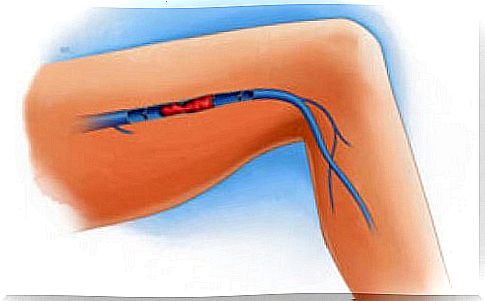
It is good that you know that varicose veins almost always have a genetic origin.
The hereditary factor and incorrect lifestyle habits, in which a sedentary lifestyle is added to an inadequate diet and overweight, will favor the appearance of varicose veins.
When you see the first varicose veins appear on your legs, it will be time to start making an effort to avoid suffering from superficial vein thrombosis:
- Do exercise every day, such as walking for half an hour every day it helps a lot. Swimming or biking are also two great options;
- Wash your legs with cold water;
- Avoid salt in your diets, as well as sugar, fats, sweets, carbonated drinks, refined white flours, etc. That is to say, eliminate all those foods that make you suffer from poor blood circulation.
- Drink lots of liquids, natural juices and herbal teas such as horsetail, mint or rosemary;
- There is a plant particularly suitable for treating varicose veins: it is the Indian chestnut. You can find it in the pharmacy; it is really effective in treating superficial varicose veins.
In case you have already suffered from primary venous thrombosis and your veins are very evident and tending to blue, consult your doctor to inform you about a possible operation.
The risk of suffering from a thrombus ahead of time will always be present: it is like a very dangerous kind of “Sword of Damocles”. Always follow your doctor’s advice.

